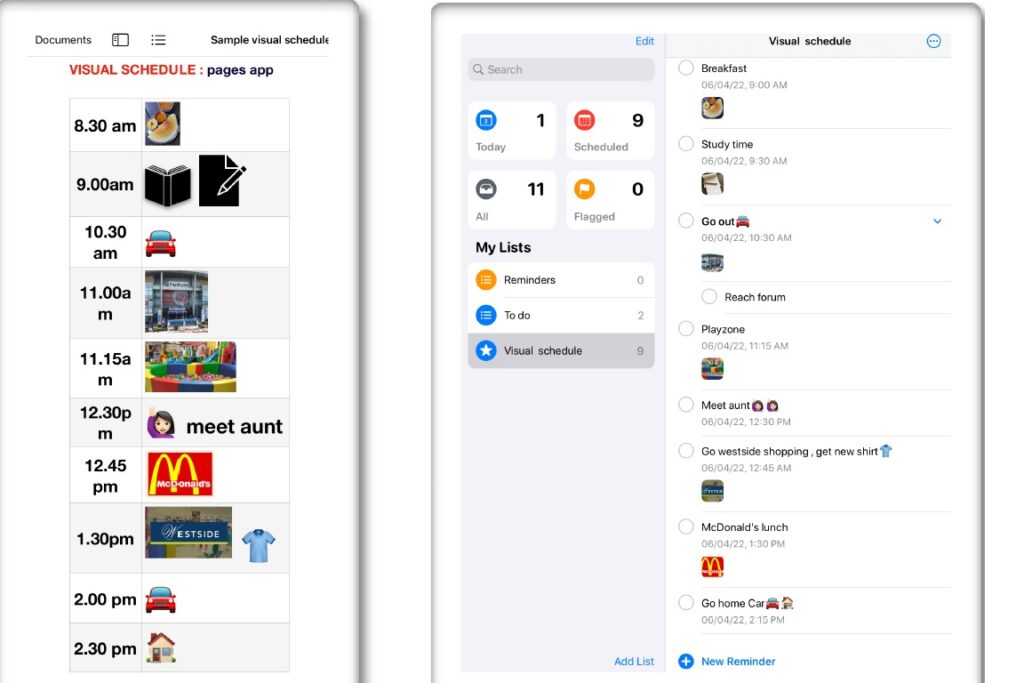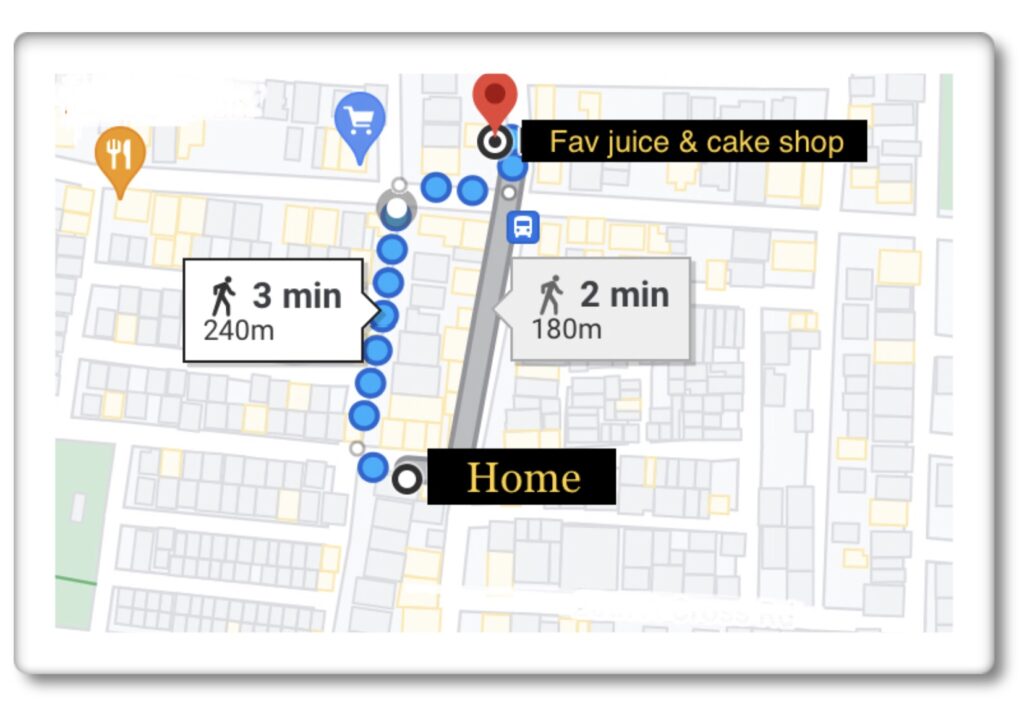How can we empower autistic children and adults to live independently? And how can technology facilitate this? Learn some simple ways of doing this in this guest post by SLP Ponmukil V. Mathalai.
Empowerment through Technology
We need to support children on the spectrum to understand the environment they are in. This includes giving them tools to manage their anxiety and having an idea of what is expected in a particular environment.
From my experience, I feel that technology can help to support many of these aspects. This in turn empowers autistic individuals to thrive and live independently.
How Can We Do This?
Technology is going to pervade every aspect of our life in the future. In fact, this process has already begun.
Today we shall discuss some ways to use recent technologies to facilitate a variety of life skills in children on the spectrum. Most of what I discuss here can be used easily on smart phones.
As we are aware, each child has their own unique learning curve. Some may take years to independently begin using certain technologies. That said, we need to start taking little steps at the earliest to help them integrate technology into their daily lives. This will prepare them for the future. More importantly, this will ease their challenges in communication and promote independence.
To begin with, we can try out simple things that can be used to support their interests. This in turn will lead to successful communication.
Children on the spectrum are known for their very strong visual memory. This potential can be harnessed to promote life skills with smartphones. It is also a a wonderful way to generalize the use of AAC.
1. VISUAL SCHEDULES
A visual schedule communicates the sequence of upcoming activities or events through the use of objects, photographs, icons, words. It could also be a combination of tangible supports. A visual schedule tells a student WHERE they should be and WHEN they should be there.
Visual schedules are designed to match the individual needs of a student. They may vary in length and form. Such schedules enhance receptive language and assist in providing meaning to students.
Years of research has indicated that students with autism have a number of strengths, including visuospatial skills and sustained attention (Quill, 1997).
How do Visual Schedules Promote Empowerment?
- They promote organized and smooth transition from one activity/place to another in a daily routine.
- Enables the individual to be part of school, family outings etc. without having anxious moments.
- They know what to expect next and relieves sensory overload.
- It reinforces sensory breaks that will motivate completion of tasks in the schedule.
In their early adulthood stages, a smart device will be an inherent part of their life. They can set their activities in the calendar and function independently through the day with set reminders and notifications.
Prerequisite Skills to Achieve This
- Joint attention
- Awareness of environment.
- Literacy – basic reading skills
These skills are very important to enable your child to function independently one day. It is very beneficial to begin working towards these gradually.
Why Recent Digital Technology for Visual Schedules?
- Very versatile. Can add personal photos and images from the internet in a few seconds.
- Smart phones are in most of our hands, so they can be used with ease to create visual schedules.


How to Create Visual Schedules
- Depending on the handset, tab or pad that is available, familiarize yourself with basic word processor apps app like MSWord, Google Docs, Pages app etc.
- To begin with, chalk out a schedule for a simple evening routine at home.
- Next, add pics that your child is familiar with.
- Discuss with child and fix the reward for completing the tasks in the schedule.
Then move onto scheduling an outing and so on. An example of one such visual schedule for an outing can be seen here.
As you follow a visual schedule regularly, parents can become experts in setting schedules to begin with. Children will begin to benefit and enjoy the schedule. Eventually their reading will improve with development of sight vocabulary (when text is clubbed with images). Slowly the child will learn time and follow the schedule independently. Below is a guide for creating visual schedules.


2. INTERACTIVE MAPS
Another avenue to empower autistic individuals through technology is navigation through Google Maps or any interactive maps. This is an important life skill. Here is how to do this.
- Chalk out a simple navigation from home to your child’s favorite juice or cake shop.
- Explain to them how they can see it on the phone.
- Walk / cycle with your child by following directions suggested by the map.
- Reach destination.
- Use AAC device to buy a juice or cake ” 1 mango juice
please”. - Pay for it.
- Consume it there or under a shade as a reinforcement.
- Return home by following map directions.


With time, you can explore destinations that are further away. The promise of something fun at the end is a great motivation. This also paves way for practice of money skills in real life context.
3. DIGITAL VOICE ASSISTANTS
Most kids love listening to peppy music. Some love to watch a variety of videos. They are very excited and involved in such activities. This can motivate them to communicate through AAC with the help of digital assistants.
Asking Alexa or other digital assistants to play a song or video may be difficult for nonverbal communicators. But AAC enables them to use and benefit from digital assistants.


Conclusion
Technology provides a range of reinforcing moments for the child to communicate. As they are driven by their needs and interests, this will soon enable them to gain independence and thrive.
My special thanks and hugs to my Stars🌟 💫 Om & Nikunj who have enlightened me in this journey!
WRITTEN BY
Ponmukil Vidhya Mathalai
Speech Language Therapist
Ms.Ponmukil Vidhya Mathalai is an experienced Speech
Language Pathologist. A proud alumna of AYJNIHH Mumbai, she has worked in different roles ranging from being clinician at St. Georges NHS to guest lecturer and senior consultant in different settings. She founded Ponmukil Kids Speech Therapy, to work with young
children. She incorporates AAC and other recent technology along with conventional methods in her practice.





